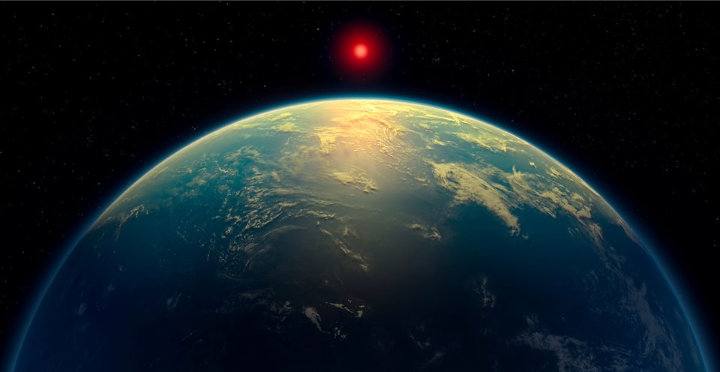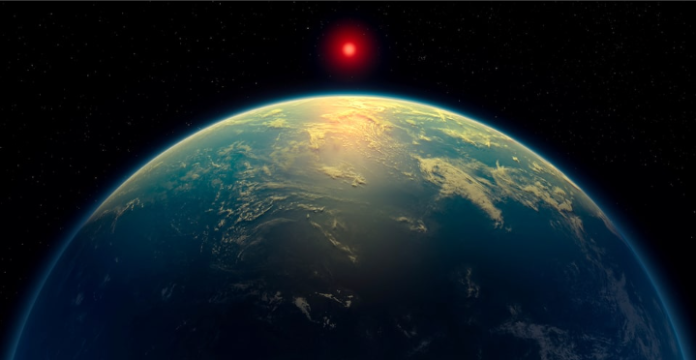For the first time in human history, scientists may have uncovered the clearest signs yet of possible life beyond Earth.
Astronomers using the James Webb Space Telescope have discovered chemical markers in the atmosphere of a distant planet, K2-18 b, that could be evidence of biological processes — processes that, here on Earth, are only known to be produced by living organisms.
The gases identified — dimethyl sulfide (DMS) and dimethyl disulfide (DMDS) — are both byproducts of microscopic marine life such as phytoplankton in Earth’s oceans. Their detection on K2-18 b, a planet 124 light-years away in the constellation Leo, suggests that life as we know it might be present elsewhere in the universe.
But scientists are urging caution.
“We are not claiming we’ve found alien life,” said lead researcher Nikku Madhusudhan, an astrophysicist at the University of Cambridge. “What we’ve found are promising signs — biosignatures — that indicate biological activity might be happening on this planet.”
K2-18 b is about 8.6 times the mass of Earth and 2.6 times its diameter. It orbits a red dwarf star in what’s known as the “habitable zone,” a region where liquid water could exist on a planet’s surface. This is crucial, as water is one of the main ingredients for life.
Researchers believe K2-18 b may belong to a special class of planets called “hycean worlds” — ocean-covered planets with hydrogen-rich atmospheres, which could host microbial life in their warm, deep waters.
Previous Webb observations had already detected methane and carbon dioxide on K2-18 b, suggesting a carbon-based environment. Now, with the latest findings confirming DMS or DMDS in its atmosphere at a 99.7% confidence level, excitement is building in the astrobiology community.
“These results are groundbreaking,” Madhusudhan said. “They show us that we now have the tools to detect potential signs of life on planets outside our solar system.”

The gases were detected using the transit method, where scientists observe light from the planet’s star as it passes behind or in front of the planet. A small portion of that starlight travels through the planet’s atmosphere, allowing scientists to identify the molecules present.
However, the researchers emphasized the need for repeat observations to rule out false positives. “The next step is to observe the planet two or three more times to ensure these signals are real and consistent,” Madhusudhan added. “We also need to investigate if these chemicals can form without life — through abiotic processes — which could change how we interpret the data.”
Even with this caution, the discovery brings us closer than ever to answering one of humanity’s oldest questions: Are we alone in the universe?
“If confirmed, this could be a transformational moment in science,” said Christopher Glein of the Southwest Research Institute, who was not involved in the study. “It’s a thrilling time to be alive.”
The hunt for life beyond Earth continues — but now, we may have our first real clue.



